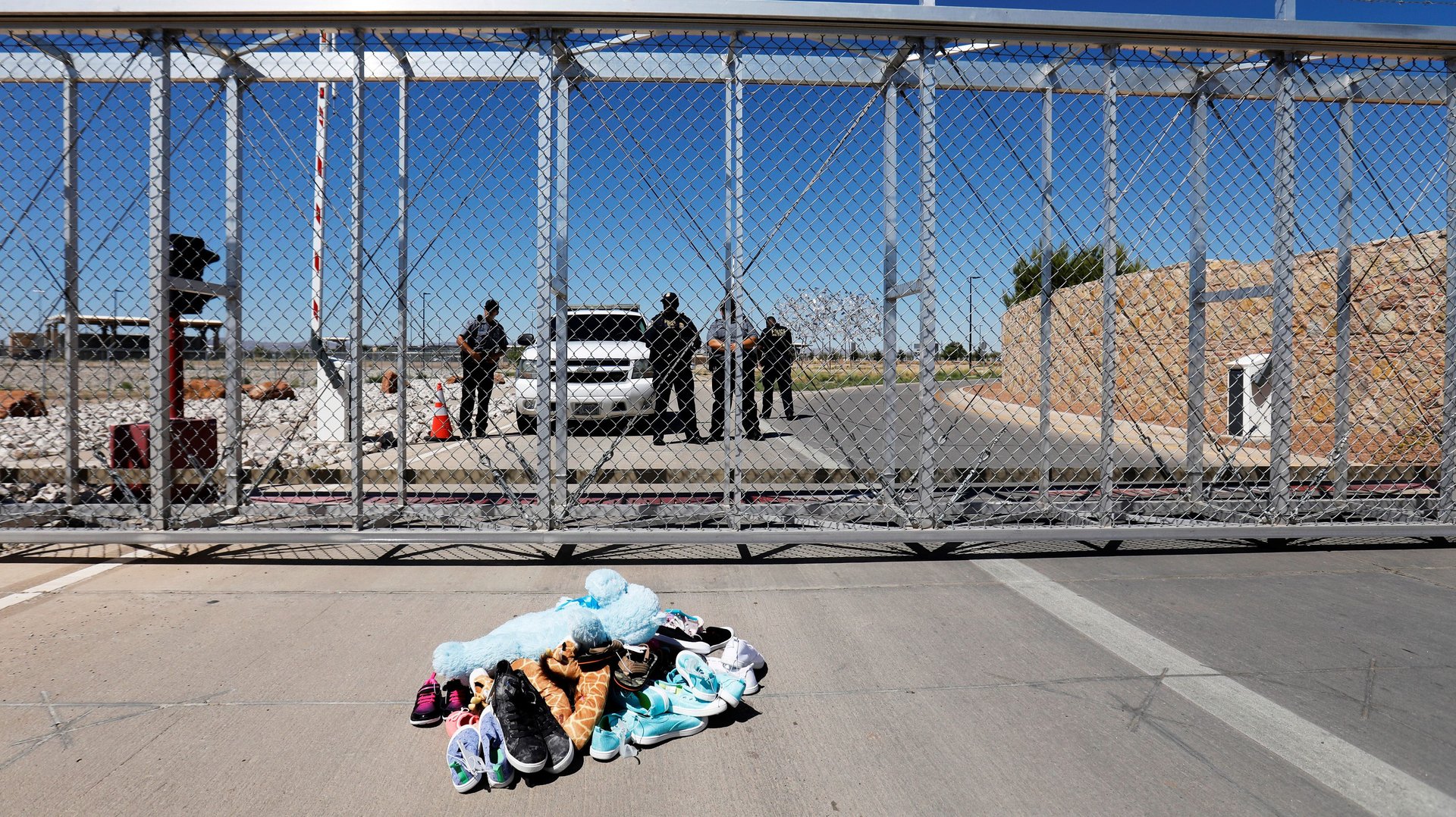The damage the US government is doing to 12,000 kids
When the family separation crisis began at the US-Mexico border in April 2018, experts warned that keeping children apart from their parents would have consequences on their physical and mental health for years to come. Since then, allegations of child abuse in migrant shelters and the death of two children in Customs and Border Patrol (CBP) custody suggests those concerns were justified.


When the family separation crisis began at the US-Mexico border in April 2018, experts warned that keeping children apart from their parents would have consequences on their physical and mental health for years to come. Since then, allegations of child abuse in migrant shelters and the death of two children in Customs and Border Patrol (CBP) custody suggests those concerns were justified.
It seems the US government is failing to protect some of the migrant children in its care. And science tells us the worst damage they will suffer is invisible to the naked eye.
The trauma of separating children from their parents
According to John Bowlby and Mary Ainsworth’s 1958 attachment theory, a healthy and loving relationship with at least one caregiver helps children develop social, cognitive, and emotional regulation skills. That’s why separating a child from the adults they trust and love compromises their long-term development. That’s especially true during their first few years of life, when the brain forms more than 1 million new neural connections every second. During this period, a child’s environment and experiences have the most impact on their health, education, and professional outcomes later in life.
Charles Nelson, a pediatrics professor at Harvard Medical School who conducted a landmark study of Romanian orphans in 2000 that is still ongoing, previously told Quartz that “the longer a child spends in an adverse or neglectful environment, the more difficult it will be to shift that child’s developmental trajectory back to even keel.” His study compared a group of orphans who remained in orphanages with another group that was taken out of institutionalized care and placed in high-quality foster care. The children who stayed in institutions scored worse than their peers in at least four indicators later in life: IQ scores, emotional self-regulation, cognitive skills, and gray and white matter in the brain.
Separation also triggers children’s stress response in a sustained and dangerous way. Toxic levels of stress can, over time, “affect the immune system, the cardiovascular system, the metabolic system—and even alter the physical structure of the brain,” as Quartz has previously written. Without the buffer of a loving and caring adult, a child suffers from “a massive biological stress response” that “remains activated until that familiar caregiver returns,” writes Jack Shonkoff, the director of Harvard University’s Center on the Developing Child.
Child abuse in institutionalized care
Once children endure a difficult journey to the United States and are separated from their parents, they may experience further trauma within the immigration system. In fact, some children detained by the US government have suffered from the abuse and mistreatment that is a common feature of many institutionalized care systems.
Although the Trump administration ended its separation policy in June, more than 12,000 children remain in custody, many of them housed in temporary facilities operated by Southwest Key, a charity that operates migrant shelters in Texas, Arizona, and California. But Southwest Key centers have been accused of hundreds of violations of state codes, ranging from poor medical care to child abuse, and the company failed to prove that it conducts the required background checks on all its child-care workers. Now, the Department of Justice is investigating Southwest Key for possible financial crimes uncovered in a New York Times investigation (paywall).
Because of this, the Times has reported (paywall) that the government is considering pulling its federal grants from the company. But this would present another dilemma: What to do with the children. Critics say that closing down all the company’s shelters will leave kids with nowhere to go except into the care of other government contractors—some of whom have also been accused of financial crimes (paywall)—or into CBP custody, with its overwhelmed personnel and border stations.
Children’s health advocates say the Trump administration should make it easier for the immigration system to reunite these children with extended family members or caregivers in the United States. According to the Times, “A major reason for the shelters’ overcrowding was the administration’s decision in June to require fingerprints for every member of a household that wanted to care for migrant children.” The administration has since relaxed the fingerprint rule, and the pace of children resettlement has sped up. But some shelters are expanding, showing that a lot of work remains to be done to get migrant children out of institutionalized care.
As Shonkoff explained in a statement in April, “If children were being fed poison and someone asked, ‘What’s the best treatment?’ the best answer is not to come up with an antidote. The solution is to stop poisoning them in the first place.”
Read more from our series on Rewiring Childhood. This reporting is part of a series supported by a grant from the Bernard van Leer Foundation. The author’s views are not necessarily those of the Bernard van Leer Foundation.